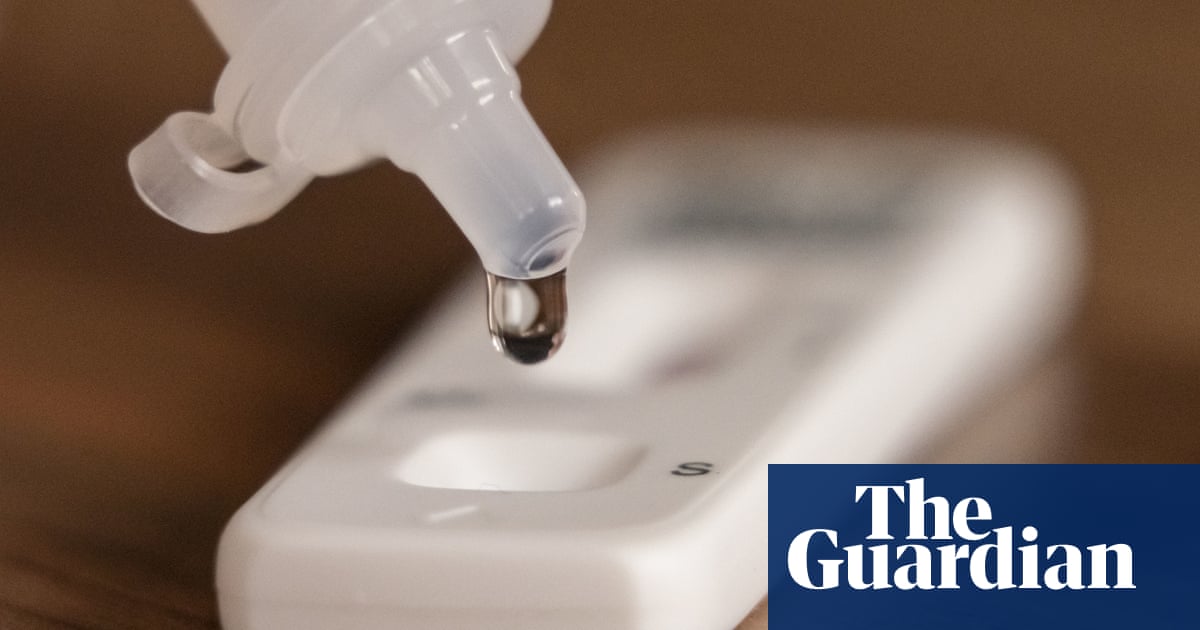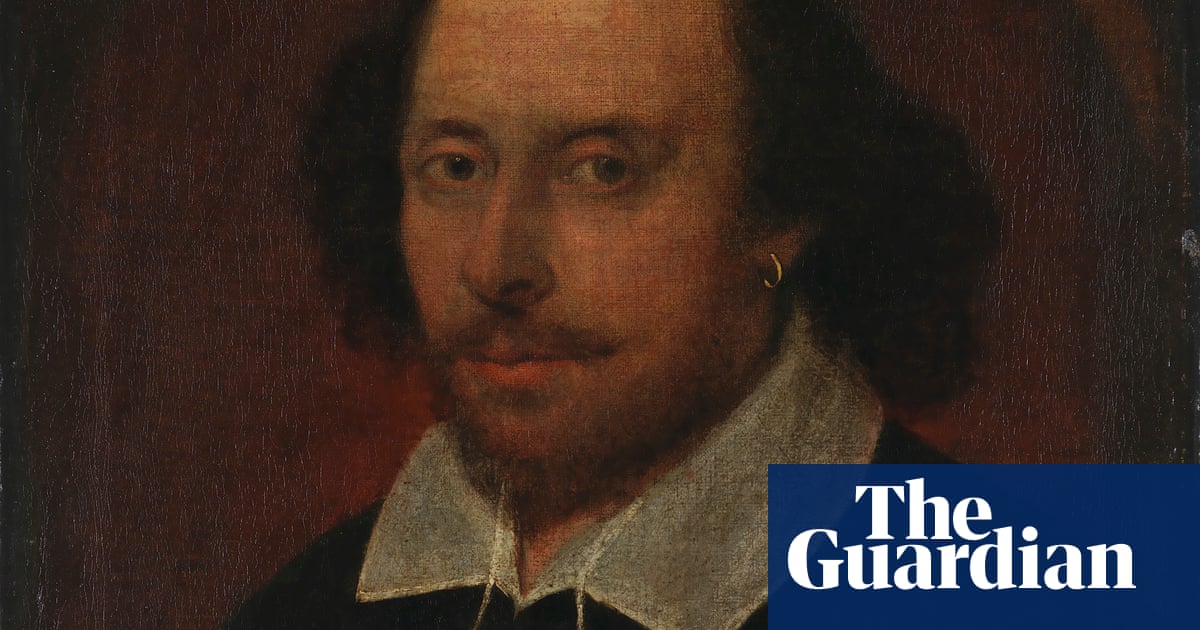
The hunt to find the rioters and the people who incited them began the moment the first brick was thrown. But the efforts to catch them will last weeks or months, and involve super-recognisers, specialist software, video doorbells and, in a few cases, criminal stupidity.
A dizzying number of newly convicted rioters and online agitators were this weekend waking up in a prison cell on the first day of their sentence. Of the more than 700 arrests made so far, about 300 people had been charged by Friday night, with more arrests and court appearances on Saturday.
Still hidden, for now, are the people who inspired them. Researchers Tech Against Terrorism say they have identified the wellspring of hate: the lists of anti-immigration protest sites came from a handful of channels on Telegram used by a few hundred people, apparently neo-Nazis obsessed with the video livestreamed during the murders of 51 people in two mosques in Christchurch, New Zealand, in 2019.
Anyone who has watched a police procedural will have some idea of how officers work, but the reality is usually more prosaic than a TV drama. Some people who commit crimes simply don’t think before they act.
Tyler Kay, a 26-year-old from Northampton, posted on X that people should set fire to hotels with asylum seekers inside. Helpfully for Northamptonshire police, he also tagged them in his posts. On Friday, Kay was jailed for 38 months after admitting publishing material intended to stir up racial hatred.
But not everything is so easy for detectives. The sheer volume of video footage can be overwhelming, and civil society groups such as Hope Not Hate and Tech Against Terrorism say police are sometimes restricted in ways they can monitor the footage. And finding the people who instigated and incited the protests in the first place is much more complex.
Teams in the 19 police forces in England and Northern Ireland where violent disorder happened since 30 July have been scouring social media videos and going through CCTV and body-worn camera footage. Forces in Merseyside, Cleveland, Greater Manchester and Avon and Somerset have all so far issued pictures of people they want to question.
“They’re going through CCTV, other images they’ve picked up, cross-referencing it with whatever they find on people, whether it’s tattoos or birthmarks,” said Dr Victor Olisa, a former Met police chief superintendent and now an adviser to Police Scotland.
Olisa, who was borough commander for Haringey in north London after the 2011 riots, said the volume of video had grown hugely since the disorder and looting that followed the death of Mark Duggan in Tottenham.
“You’ve got local authority CCTV, traffic CCTV, lots of business premises have it now, and the public has video doorbells,” he said. “That makes it easier for police to collect evidence and present evidence in court. People who have previous convictions will be in the Police National Computer.
“There will be masses of them. You’ve also got some officers who’ve got a brilliant memory for faces – the super-recognisers.”
Those wearing balaclavas or masks may feel safer, but Olisa said they could be detected by association. “You might have half a dozen young men and five are masked up and one isn’t. If you can find that one, say on the police database, then you can work your way back.”
Then there is facial recognition. BJ Harrington, the National Police Chiefs’ Council lead for public order, said that officers were using facial recognition software on the footage gathered, and the technology could identify people even with masks.
Pete Fussey, professor of sociology at the University of Essex, who conducted an independent review of the Met’s facial recognition capabilities in 2019, said that most forces use the NEC facial recognition tool, but it was not foolproof.
“Police uses of technology have always been accompanied with a lot of hubris,” he said. “Any tech product that reaches market has to be invested in heavily by venture capital so it’s massively hyped.
“Some of the latest technology is incredible, but the more someone’s face is covered, the higher the chance of misidentification and the chance that someone gets their door kicked in at 3am on the basis of a facial recognition match that isn’t accurate.”
Fussey, who works with Liberty and other groups concerned with civil liberties, said he was worried that use of facial recognition technology would extend beyond the riots.
“There’s zero regulation of it and the legal basis for it is very uncertain as well,” he said. “People support more draconian uses of technology when something like this happens. But there’s no meaningful boundary to stop it being used in other contexts. There are well-established chilling effects on protests and public gatherings, on expression and on the things that make democracy healthy.”
It is much harder for police to find the anonymous people responsible for inspiring the riots. The far right is decentralised, but Adam Hadley, the executive director of Tech Against Terrorism, said they had managed to identify the origin of messages such as the list targeting 100 locations last Wednesday evening that prompted a wave of counter-demonstrations.
“Most of the activity that led to the riots has emanated from a very small number of channels on Telegram and a very small number of people,” Hadley said. “Many of them have been sharing real terrorist content and have had Nazi symbols in their profile pictures and names that suggest they have been far right, with all the tell-tale signs of being neo-Nazi, identitarian, white supremacist individuals.”
The number of people involved is in “the low hundreds”, he said. “It’s a surprisingly small number of core users – the same with Islamic State, al-Qaida, al-Shabaab. But there is a progression from the more extreme to the less extreme. We know that in one of the Southport Telegram channels, the Christchurch [New Zealand] video has been shared and shared and shared. “Early on we found posters being used to encourage the Southport riots being shared more than six hours in advance.”
The intent of creating these posts may have been as much to promote fear as genuinely encourage protest, Hadley said. “That’s a kind of terrorism.”
The strict rules on evidence gathering for police and government bodies made it harder for authorities to scour some parts of the internet that are public, he said.
“What we’ve been trying to do is fill the gap between the government and the platforms. There are all sorts of perhaps unexpected barriers to doing things that are quite easy for us to do as citizens.”
Keir Starmer said last week that the Online Safety Act would be reviewed in the light of the riots, and Hadley said there was an urgent need to create a national centre for open source intelligence to counter these online threats, by coordinating resources between the police, the Home Office and tech companies. So far there had been a “disjointed response”, he said, adding his surprise that such groups as Tech Against Terrorism and Hope Not Hate were able to discover things that the authorities apparently had not.
“How can it make sense that a handful of NGOs are able to have more impact than much larger organisations? It doesn’t make sense to us.”












